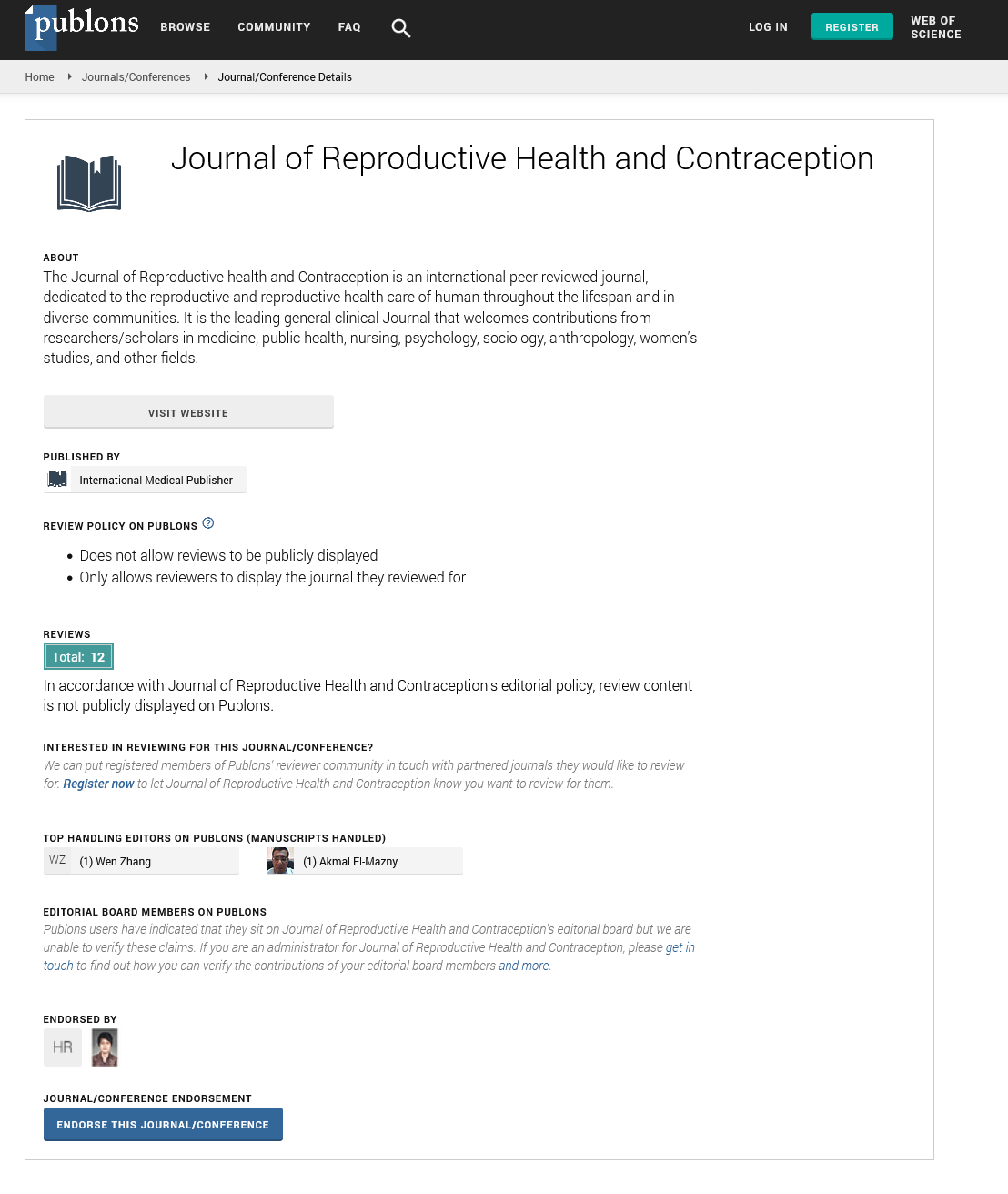Abstract
Retrospective Evaluation of Patients Admitted With Complaints of Syncope
Objectives: The incidence of syncope defined as the transient loss of awareness and tonus due to the decrease in cerebral perfusion has been reported to be 86.5-125.8/100.000. Although it has often been reported to be a benign condition, underlying factors can be the cause of a cardiovascular, neurological or metabolic disease. In this study, it is aimed to evaluate the patients admitted for syncope retrospectively and to evaluate the underlying etiologic factors. Files of a total of 259 patients including 166 (64.1%) females and 93 (35.9%) males who applied to the Pediatric Neurology Clinic of our hospital with syncope complaints between the years 2012-2015 were analyzed retrospectively. Epilepsy-diagnosed and post-traumatic patients were not included in the study.
Findings: 259 patients aged between 1-18 (average 11.5 ± 4.62) were included in the study. Etiological factors leading to syncope have been identified in 199/259 (76.8%) patients. Vasovagal syncope has been determined in 10/259 (3.9%) patients, iron-deficiency anemia in 64/259 (24.7%) patients, vitamin B12 deficiency in 69/259 (26.6%) patients, cardiac causes (MPV ASD PDA) in 31/259 (11.9%) patients, epileptiform abnormalities in the EEG of 25/259 (9.7%) patients. The cause of syncope in the other 60/259 (23.2%) patients is not disclosed.
Conclusion: Although syncope is often a benign condition, each patient should be assessed with a good detailed history and physical examination, further investigations should be performed in undiagnosed patients. Most of the patients can be diagnosed with detailed history, physical examination, EEG and ECG tests. In patients applying for syncope, all the causes of syncope should be considered.
Author(s):
Nesrin C, Ummu A, Zeynep Selen K, Birce Dilge T and Cahide Y
Abstract | Full-Text | PDF
Share this

Google scholar citation report
Citations : 201
Journal of Reproductive Health and Contraception received 201 citations as per google scholar report
Journal of Reproductive Health and Contraception peer review process verified at publons
Abstracted/Indexed in
- Google Scholar
- China National Knowledge Infrastructure (CNKI)
- WorldCat
- Publons
Open Access Journals
- Aquaculture & Veterinary Science
- Chemistry & Chemical Sciences
- Clinical Sciences
- Engineering
- General Science
- Genetics & Molecular Biology
- Health Care & Nursing
- Immunology & Microbiology
- Materials Science
- Mathematics & Physics
- Medical Sciences
- Neurology & Psychiatry
- Oncology & Cancer Science
- Pharmaceutical Sciences


